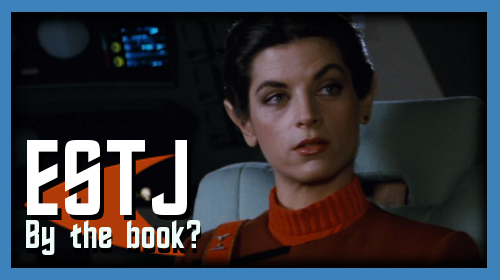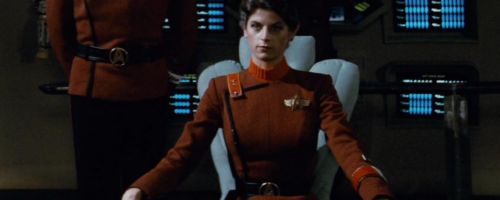(Before we begin: Trigger warning for verbal, emotional, and even physical abuse. I myself had to keep some Angry Birds Star Wars handy while watching Whiplash, just so I didn’t get too keyed up. The film is very well-made, and deserves all its praise and awards, especially for J.K. Simmons, who’s a delightful person completely unlike his character. If you’re sensitive to the sorts of situations portrayed in the story, though, you don’t have to see it—or even read this post, quite frankly. Also, spoilers.)
ENTJ, the Commander, the Field-Marshal, the Trailblazer
Best Supporting Actor of 2014, J.K. Simmons
Terence Fletcher is pretty much as big a stereotype of the evil, unhealthy ENTJ as you’re going to get this side of Twyin Lannister. Director Damien Chazelle instructed actor J.K. Simmons: “I want you to become non-human. I don’t want to see a human being on screen anymore. I want to see a monster, a gargoyle, an animal.” That’s the kind of character we’re dealing with here. Buckle up.
Dominant Function: Extraverted Thinking (Te), “Organize the Experience”
Fletcher wants to win. He wants to win every competition, and win it perfectly. He wants only the best students in his studio, and he will resort to insults and abuse to perfect them and mold them to his ends.
He picks at every mistake and demands perfection, repeatedly stopping the band after only a few notes if they don’t sound right. He threatens punishment for potential mistakes, and even humiliates and kicks out a student who’s not sure if he made a mistake, because not knowing was bad enough. It’s all in pursuit of Fletcher’s goals.
In the last act of the movie, Fletcher sets in motion a plan to destroy his former victim/protégé Andrew. He knows Andrew was the one whose testimony got him fired (Ni making the Intuitive conclusion), but he pretends to be friendly with him, and invites him to play in his new group. Once they get on stage for a big performance, Fletcher announces a new number that Andrew has not rehearsed, and the trap is sprung.
Auxiliary Function: Introverted Intuition (Ni), “Anticipate the Experience”
Before I even saw Whiplash, I knew enough about the character to assume that Fletcher would end up being an ENTJ or ESTJ. Both are led by their dominant-Te, and both often get cast in movies as domineering authority figures. The difference comes in where they get their authority from.
























